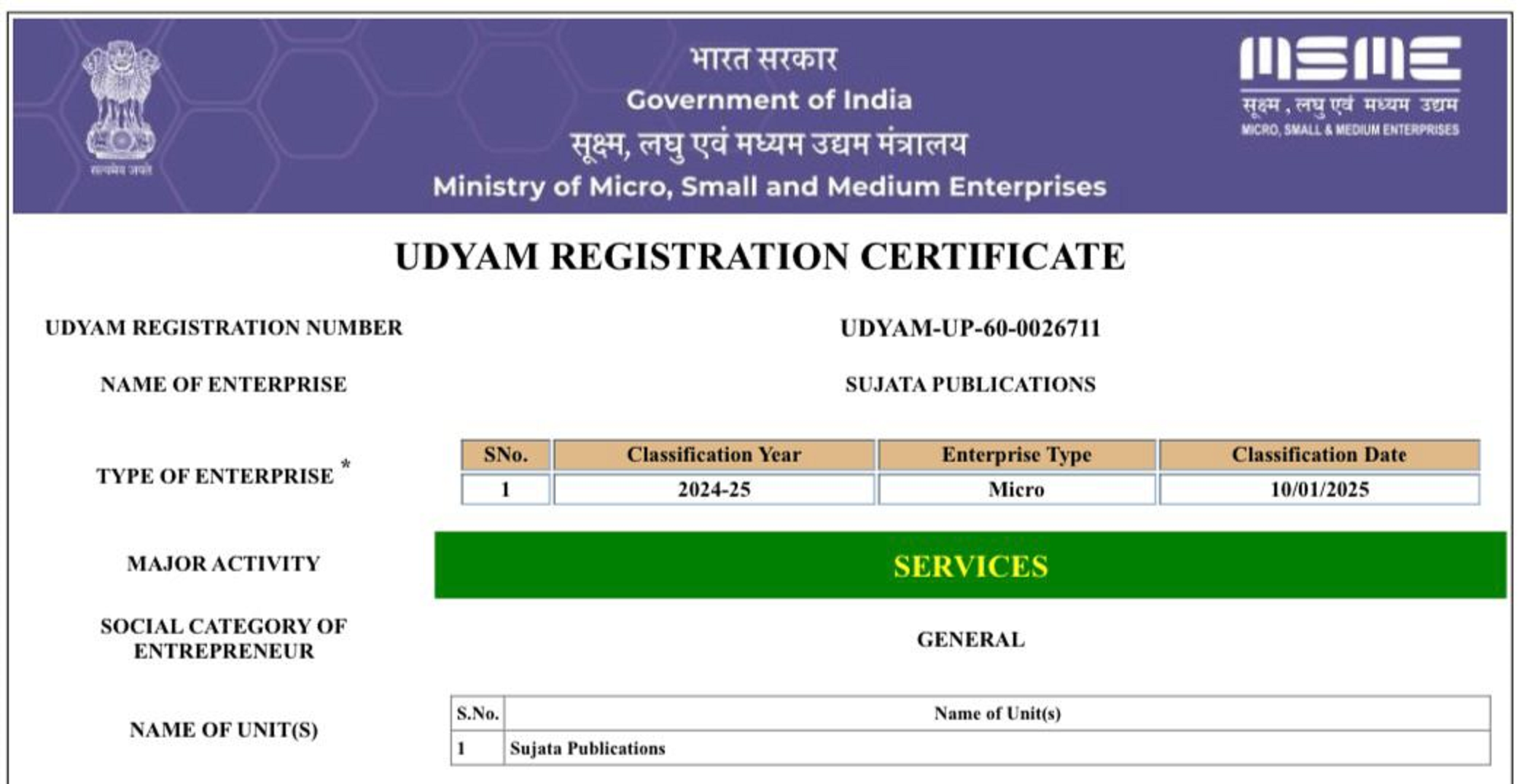Herbal Anti-Inflammatory Gel
DOI:
https://doi.org/10.62896/ijpdd.2.5.09Keywords:
Herbal anti-inflammatory gel, Topical drug delivery, Phytoconstituents, Inflammation management, Natural remedies.Abstract
Inflammation, while a crucial defense mechanism of the body, can become harmful when persistent, contributing to the progression of various chronic diseases such as arthritis and cardiovascular conditions. Conventional anti-inflammatory treatments, including NSAIDs and corticosteroids, are effective but often limited by significant side effects. In response, herbal anti-inflammatory gels have gained attention as promising natural alternatives that offer therapeutic benefits with minimal adverse reactions. This review explores the pathophysiology of inflammation, the limitations of synthetic drugs, and the growing relevance of plant-based topical formulations. Key herbal ingredients such as Curcuma longa, Aloe vera, Zingiber officinale, and Boswellia serrata are discussed for their bioactive compounds and mechanisms of action, including enzyme inhibition, cytokine modulation, and antioxidant properties. The advantages of gel-based delivery systems—such as ease of application, enhanced patient compliance, and targeted delivery—are evaluated alongside formulation strategies and quality parameters. Despite formulation and standardization challenges, herbal gels present a viable, effective, and safer alternative for managing inflammation, aligning with the increasing demand for natural and holistic healthcare solutions.
Downloads
Published
Issue
Section
License
Copyright (c) 2025 Sujata Publications

This work is licensed under a Creative Commons Attribution-NonCommercial 4.0 International License.
















